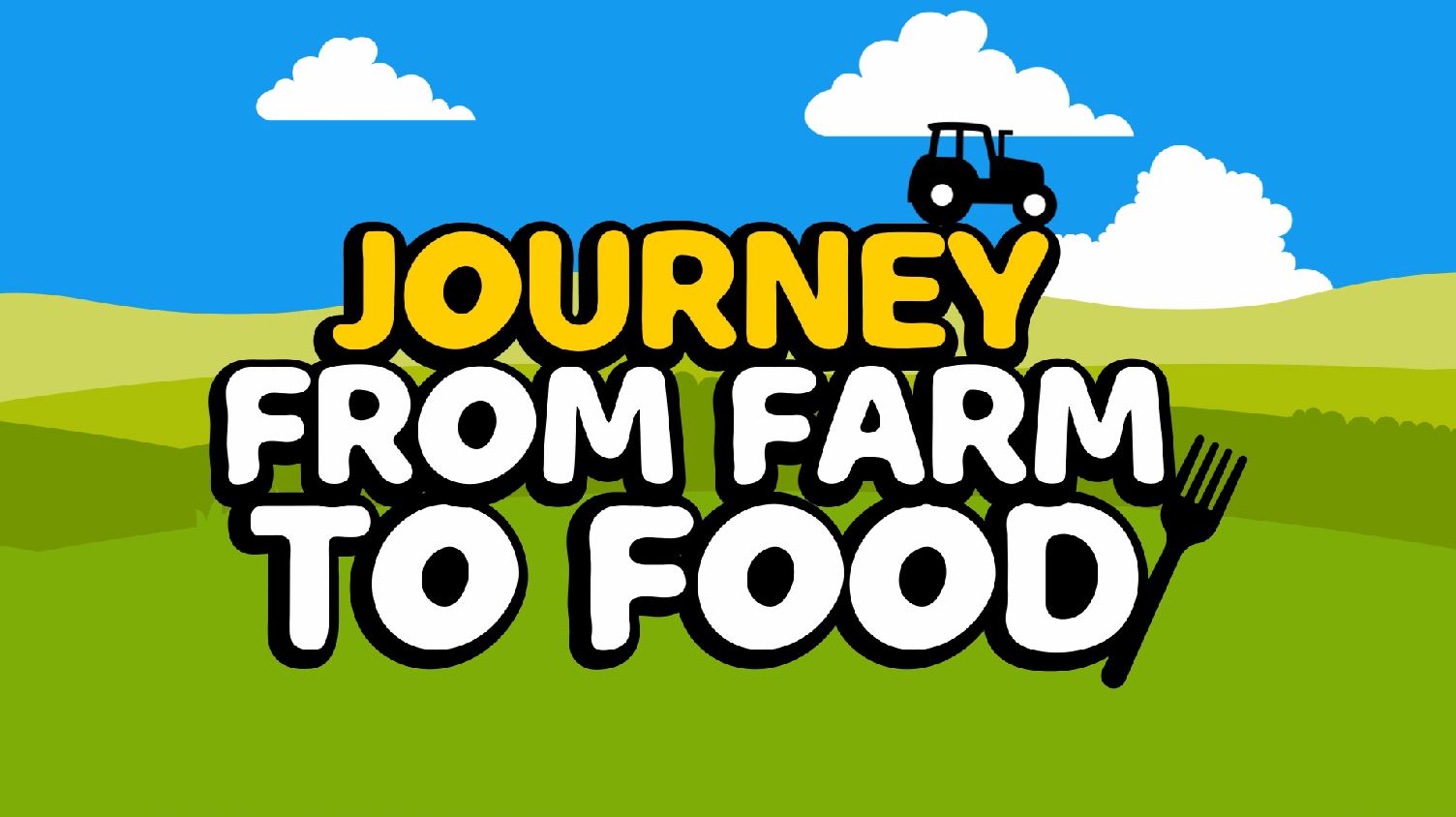Scrapie
National Scrapie Plan (NSP) consequences
Aim
The National Scrapie Plan was launched in 2001 with the aim of eradicating TSEs from the national sheep flock. Susceptibility to classical scrapie is determined by variability on the PrP (prion protein) gene and the Ram Genotyping Scheme (an essential component of the NSP) genotyped bredding rams for this gene.
Why is it important?
The PrP gene alleles provide indicators of the susceptibility to scrapie. In sheep, affected animals often carry a specific PrP protein variant which is different from the PrP variants found in animals resistant to scrapie. There was a concern among sheep breeders that focussing all attention on the PrP gene to eradicate TSEs may have a detrimental effect on commercially important traits and result in undesirable traits being inadvertently selected.
How was the project done?
The project used existing genotyping and performance data from breeding groups together with additional data on health related traits collected from selected farms and breed groups. Data from experimental flocks was also used because of the high degree of detail in their records. This data was then linked to data from the NSP.
Who did the work?
The work was carried out by SAC, Roslin Institute, VLA, University of Edinburgh, the Rare Breeds Survival Trust, the Sheep Trust, CBS, Institute of Rural Studies and Signet.
The project was funded by DEFRA with in-kind contributions from HCC, EBLEX and QMS.
Project results
The following is a summary of the results from the project. A detailed report can be found here.
Summary of associations of PrP genotype with other econimcally important traits
- Analyses of large experimental and commercial datasets did not reveal consistent significant associations of PrP genotype witn a wide range of performance traits.
- Analyses of experimental Scottish Blackface flocks presented evidence that the ARQ allele is associated with higher postnatal survival rates than the more resistant ARR or AHQ alleles.
- These results are potentially important for the industry but have not been replicated in any of the 10 commercial datasets.
- Selection aimed at eliminating the VRQ allele would have a negligible impact on performance and survival at the sector level.
Summary of the effect of PrP selection on rates of inbreeding and genetic gain in performance and on risk of scrapie outbreaks in mainstram breeds
Selection against VRQ
- has a minimal impact on genetic gain in performance and inbreeding.
- is not sufficient to eliminate the risk of outbreaks. The risk still exists after 15 years of selection but epidemics would be minor if an outbreak occurs.
More extreme strategies in favour of ARR or against ARQ
- lead to reductions in rates of genetic gain, mostly in the first five years of selection. These reductions are only large if the initial fARR is relatively low.
- lead to reductions in rates of inbreeding.
- reduce the risk of outbreaks substantially. The risk is small when fARR > 0.7.
Summary of the effect of PrP selection on rates of inbreeding and on risk of scrapie outbreaks in rare breeds
Selection against VRQ
- lead to small increase in rate if inbreeding if the initial fVRQ is high (≥ 0.30)
- is not sufficient to eliminate the risk of outbreaks.
Selection in favour of ARR
- lead to large increase in rate of inbreeding if fARR is low (≤ 0.30)
- reduce the risk of outbreaks substantailly. The risk is small when fARR reaches 0.7 but takes longer to achieve this than in mainstream breeds (e.g., fARR >0.7 may not be achievable within 15 uears if initial fARR is low; e.g., 0.05)


